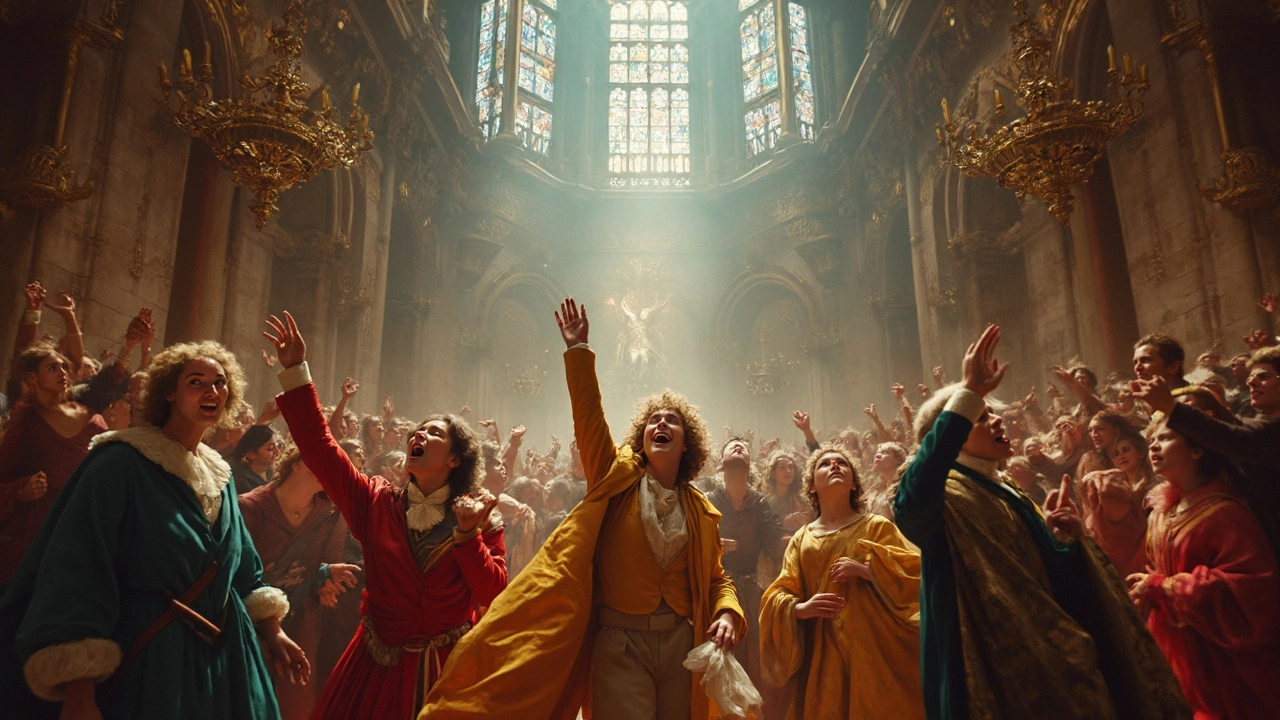Caravaggio: Master of Light and Raw Realism
Caravaggio changed painting by making light and shadow the main actor. He painted ordinary people with brutal honesty and used a single strong light to create deep contrasts. If you want to understand Baroque drama or copy his look, start by watching how he treats light, faces, and space.
What made his technique special
First, the light. Caravaggio often used one sharp directional light that hits figures and drops the rest into dark shadow. That style—tenebrism—creates drama and pulls your eye to the story. Second, he painted from life. He used real models, sometimes from the streets, so skin textures, flaws, and expressions feel immediate and human.
Third, his compositions are tight. Figures sit close to the picture plane and often overlap, which gives a sense of crowding and urgency. Fourth, he used a limited palette and strong value contrasts rather than fancy color tricks. Finally, he worked quickly and directly, building form with bold strokes and glazes rather than long, polished layers.
Key works and where to see them
Want a short checklist of must-sees? Start with The Calling of St Matthew (San Luigi dei Francesi, Rome) for dramatic light and narrative. See The Conversion of Paul (Santa Maria del Popolo, Rome) to feel scale and spiritual shock. The Supper at Emmaus (National Gallery, London) shows his knack for everyday realism. Judith Beheading Holofernes (Galleria Nazionale d'Arte Antica, Rome, or Palazzo Barberini) is shockingly vivid; you can almost feel the momentum.
Other important works: Bacchus (Uffizi/various attributions), David with the Head of Goliath (Galleria Borghese), and The Taking of Christ (Cappella dei Neri, Dublin). If you visit Rome, Naples, or Madrid, look for local Caravaggisti who adapted his style—those side trips reveal how fast his ideas spread.
Curious about his life? He was volatile—fights, legal troubles, and exile colored his career. That raw edge shows up in the intensity of his faces and scenes. But you don’t need the drama to learn from his work; focus on method and effect.
Practical tips for artists: try a single light source in a dim studio, block in large dark shapes first, use a limited range of mid-tones and highlights, and study faces at close range for honest detail. Use live models and keep compositions tight—don’t be afraid to crop limbs or faces for more punch.
For designers and filmmakers: notice how Caravaggio guides attention with light. His shots read like cinematic close-ups—perfect for story-driven visuals. Modern directors borrow his framing and contrast to add tension.
Caravaggio still matters because he made paintings feel immediate and human. Watch for that same honesty in contemporary work, and you’ll spot his fingerprints everywhere—on canvases, in movies, even in advertising lighting. Want to try his style? Start small: one lamp, one model, and a willingness to show flaws. That’s the heart of Caravaggio’s power.

